Ethical Photography Guide: how to take photos responsibly
- Prathibha Muralidhara
- Mar 23
- 11 min read
Updated: Mar 24
This is a collaborative blog written along with Emma from That Travel
Photography is one of the most important parts of travel. You want to capture the beautiful world, unique wildlife, stories of people, cultures, landmarks, and everything else you see around you, for the money you have spent, and to make memories for a lifetime.
Photographs are the only documents that take you back to where you loved, enjoyed, and lived. That's precisely why most get into photography: so that one day, we can look back at those pictures and relive those travels.

I have the best in the business telling all about responsible and ethical traveling collaborating with me on this article. @that_travel, thank you for the incredible insights and learnings that you have provided.
But...It is also crucial that photography be done ethically. Why? Photography is a powerful medium for perception, emotion, and, in turn, action. Ethical and responsible photography ensures that images are captured and shared responsibly, avoiding harm to people, wildlife, and the environment.
Whether you are a professional photographer, a hobbyist, a traveler, or a content creator, it is important to consider how you can be responsible when photographing.
Here are some of the key points to take care:

Ethical wildlife photography
One of the most delightful experiences for a traveler and a photographer is photographing wildlife. Being in nature and capturing wildlife is a very fulfilling experience.
The power of wildlife photography in this day and age is also immense. In educating about the fauna of a region, in showcasing the impact of global changes and especially in spreading awareness.
When you plan to visit a national park or a jungle to experience wildlife, there are some important considerations. For example: time of the year, weather conditions, landscape of the place, animal interactions and affinity and more. Additionally, you are not always guaranteed sightings, so you might end up spending hours in the wild to spot many animals or none at all. These are some conditions that will add pressure and impatience for photographers and travelers. The added pressure of the money spent to spot the wildlife can make travelers and photographers not consider ethics and responsibilities when spotting wildlife.
It is important to balance the passion for spotting and capturing beautiful wildlife with respect for nature and the habitat.
Here are some important tips that should be considered:
Always prioritize animal welfare: First, maintain a safe distance - best way is to own or rent a telephoto lens with a good range. Secondly, avoid baiting and luring completely. This will lead to the imbalance and eventually destruction of the natural habitat and the connection the animal has to its natural habitat and the food that it eats. Particularly avoid loud noises and harassment.
Follow ethical guidelines, laws enforced for the national park and the natural habitat. Some national parks have strict regulations for the use of photography and drones, so be mindful about the use and research well beforehand. Obtain correct permits and please avoid geotagging.
Do not misrepresent an animal or their natural habitat for the sake of the picture.
Support organizations that promote wildlife conservation. Share your photographs with them. Education on these topics can solve a lot of issues concerning wildlife
Taking photos of People and Children

This is a very tricky and complicated subject, yet we must discuss it.
We meet so many interesting people when we travel and most of the time they make such interesting photo subjects. You can beautifully carve great storytelling of a place with its people, but not everybody is comfortable being in front of the camera. Some are, but do not like to be shared on Social Media such as Instagram, X and Facebook. Capturing people and especially children questions safety and security and can be a very sensitive topic. In the end, every individual needs to be given a choice and respected for their choice.
Here are some ethical photography practices you can adapt while capturing people during your travel:
This one is very simple- Ask Permission. Most times, you can simply take a stunning portrait by asking the subject if they are comfortable being photographed! In some cultures, like in India, people love being photographed. On the contrary, Germany has stricter rules against taking photographs of people and more so in sharing them on socials. So know before you travel, and ask people if you want them to be photographed. And, ask again if they are comfortable with their photos being shared on Socials. If you are not comfortable asking, or in doubt, just don’t do it!
Opt for wide-angle shots and blur the faces out. This is especially important when you cannot avoid capturing people and are not in a position to get permission from every individual. Many photo editing software have “Blur” or “Heal” functions that can blur the faces out.
Photographing children is an extremely sensitive topic. Requires the highest level of ethical responsibility, respect, concern and sometimes adherence to legal guidelines as well. We as photographers should never post portraits of Children on our socials even if consent is obtained from parents. This is especially important as there is the growing danger of child pornography coupled with generative AI.
More Photography and Photo Editing Dos and Don’ts
Always research the place, history, culture and tradition, how much people of the place, love being photographed etc. Doing this will help you plan your visit, photography better in your mind (or on paper- however you like) and avoid practices that can be unethical
Take consent - written even better if you can- especially if you are using it on socials or for your portfolio work. Especially, if you are showing the face of the subject.
Avoid stereotyping and misrepresentation through photography. There is both good and bad in a place. Don't only show one side. Be authentic and tell the story as it is.
Photo edit to enhance but not to deceive. With whatever photo editing software you are using, modifying the exposure, clarity, texture, and contrast. These are important to enhance the photograph. But completely changing the nature of how the photo looks and what it contains is unethical. This also includes the overuse of filters and the use of AI (this topic is discussed in detail later)
Always disclose major edits if you have done so. Sometimes, depending on the use of photos, you are required to edit them differently, which may misrepresent the place or the person or the surrounding. Just writing a short disclaimer on your socials is very important.
Prathi's part is concluded and now we move to Emma's part
Sharing photos online
When we decide to share photos online, whether it be to a personal blog, website or to social media, we have to make sure we factor in an additional layer of care when it comes to ethics. It might seem obvious, but essentially we’re taking a photo that was previously just a personal keepsake, and making it public property. It might not be physically owned by anyone but you, but the fact that others can see it online makes it public domain.

What is informed consent?
Informed consent is a very topical and multi-faceted issue that doesn’t have an exact clarification, but I’ll do my best to explain the basics!
If someone consents to let you take their photo, in order for that consent to be fully informed, you need to ensure they will know exactly where, when and how this will be used. For many photographers, this can be a difficult concept to grasp properly, since the person, once photographed, kind of ceases to become a person and instead is just the subject of that photo.
Unfortunately, this is not how life works and the person you photographed is definitely still a person, who might not be happy to be put on social media, particularly if you have a large following or they don’t understand the context in which you will be sharing their image.
Now, the simple solution to this issue is to show your photography subject your social media or website and explain (in their language) how, when and why you will be using that photo. A simple sentence to explain this would be:
‘I’ll be posting this to my Instagram, where I have 10,000 followers and I’ll be posting about local businesses in Paraguay’ or whatever your subject matter will be.
This does get complicated if 1) you don’t speak this person’s language and don’t have a translator or the capacity to translate exactly or 2) this person isn’t familiar with the social media you are showing them (or with any social media in some cases). In either case, this would not be fully informed consent, and you are still using this person’s likeness in a way in which they might not be comfortable.
As frustrating as this might be, my recommendation in this scenario would be either:
Do not use the photo online at all
Or find a way to make the person unrecognizable that works with the photo editing (for example: facial blur, some kind of marker over their face or image
How to represent a place online
If you are a tourist or visitor to any area of the world and wish to photograph it, it’s important to recognise that you will only see (and capture) a percentage of it. Usually, for visitors, this percentage is quite low. Essentially, this means it will probably be quite difficult (if not impossible) to represent this place with complete accuracy online.
Of course, this is completely natural, but it is really important to ensure that the parts that we show are not only negative or entirely unrepresentative of how the local people feel about their home. What I mean by this is that there are times when we, as travellers, will visit a place and may see only ‘negative’ things, such as a lot of litter on the streets, a good deal of homelessness or poverty, or ‘gritty’ unfiltered moments.
These might seem interesting to us, however, try to think about this from the perspective of your own city or country - it would be quite upsetting if this was the only way it was depicted online, especially if there was a lot more to it, perhaps nicer, cleaner areas that tourists don’t always visit.
A good example of this would be Thailand, where a lot of tourists descend every year on a relatively small percentage of the country. They may have been to these areas many times and feel they know ‘the real’ Thailand even, however these areas are often quite crowded, maybe dirty and overtouristed, while other areas of the country remain natural, unspoilt and clean. It would be unfair, for example, to consider that you have represented Thailand in its entirety only by showing a series of photos of Bangkok, and the same can be said of every other country or region as well.
What about sensitive locations?
Some areas of the world can be classed as ‘sensitive locations’, meaning that they are easily ruined or overrun with lots of people. Within sustainable travel communities, there remains a lot of debate about whether or not these locations should be shared (geotagged) when people are sharing photos of them online, or whether they should be left untagged so that they do not become overrun.
The argument boils down to two issues: the potential damage to the location vs the issue of gatekeeping.
To break it down: many people believe that sharing these sensitive locations is irresponsible, that it brings unwanted crowds and attention to places that simply do not have the infrastructure to handle so many people, and that it’s the responsibility of the person sharing the photo to protect these places.
Those on the other side believe (justifiably) that this is gatekeeping. We, the photographers, should not be the ones who decide who gets to visit pristine places. If we had the opportunity to visit them, then why should we be allowed to withhold that from others? Many make the argument that there are people who will visit these places in an unsustainable way, but the fact remains that it is not up to us to withhold information from people who have not had the same privileges we have to learn about responsible travel.
It’s a confusing topic with convincing arguments from both sides. To untangle it, I like to turn to Leave No Trace, who sort it out very nicely in my opinion and offer this advice:
Ideally, any photos shared publicly should be geotagged
However creators should also share Leave No Trace principles alongside it
If there is an area that it in a very delicate position and simply cannot handle any tourists (for example, specific coordinates for a natural area like a flower field or a very small village of only a few hundred people), we should just share the area with directions, rather than the exact point on the map, so as not to inundate it
NOTE: there are times when it is irresponsible to share a photo’s location, such as when you are sharing photos of vulnerable or endangered wildlife. In these instances, it’s best to disable your phone or camera’s location settings and not geotag, as otherwise you can make the animals a target for poachers.

AI in photography
With the development of AI being number 1 priority worldwide at the moment in technology, using AI in your own photos has become a bit of an ethical grey area. You can now use AI for all sorts, adding in things that weren’t there, removing objects such as crowds of people or even fully generating your own image.
The ethics of AI in photography is hotly debated and should be considered carefully. AI is an incredible tool and it’s really interesting to see what can be done with it, however, it is really important not to misrepresent a place or person, so correct labeling of the use of AI is a must.
In the case of not misrepresenting people, one of the potential outcomes is reasonably obvious - if AI is used to alter the image of a person then, like years of photo editing and so-called ‘thinspiration’ that have come before it, this can have a profound psychological effect on the watchers, who might feel the need to live up to very unrealistic expectations with their own bodies.
In the case of tourism, it gets a little more complex to understand but let’s imagine that a heavily AI-edited photo goes viral. In that photo, crowds have been removed, colours have been heavily enhanced beyond recognition, and perhaps even objects have been moved around to create a different reality. It’s really cool that AI can do this but when the people seeing this photo choose to visit the place they thought they saw, they won’t be getting this same experience at all.
Though there is, as yet, little research done on this yet, it stands to reason that this would lead to disappointment, which could have a negative effect for the place itself, perhaps with tourists acting in a rude or damaging way, perhaps resorting to unethical or dangerous methods to recreate the same photo as they saw. More than this, it is just a little unfair on the tourist who doesn’t get to see the scene they thought they’d see, and it can push people to visit a destination which, in reality, doesn’t at all match the image they saw. If a place were then to become overtouristed as a direct or indirect result of photos like this, the effects could be far-reaching.

Concluding remarks
As photographers and travelers, it is our utmost responsibility to secure the place, the people, and the intent of our photography. Mistakes can happen, but once we notice them, it is very important to rectify them and not repeat them.
We hope this comprehensive guide can help you with your ethical and responsible photography journey while you shoot and love planet Earth and the life on it.
We have additional resources on Ethical Travel and Photography:
FOLLOW EMMA'S AMAZING WORK HERE -
Sources for this article
https://dhavalilama.com/influencers-photography/ https://imagen-ai.com/post/ethical-considerations-when-photo-editing-with-ai
Hello, thanks for visiting my blog! If you have learnt something here and if this post helped you say thank you by buying me a coffee! It helps creatives like me run this platform and blog.
Subscribe to my monthly newsletter for photography tips, unique photography travel experiences and one-on-one coaching opportunities














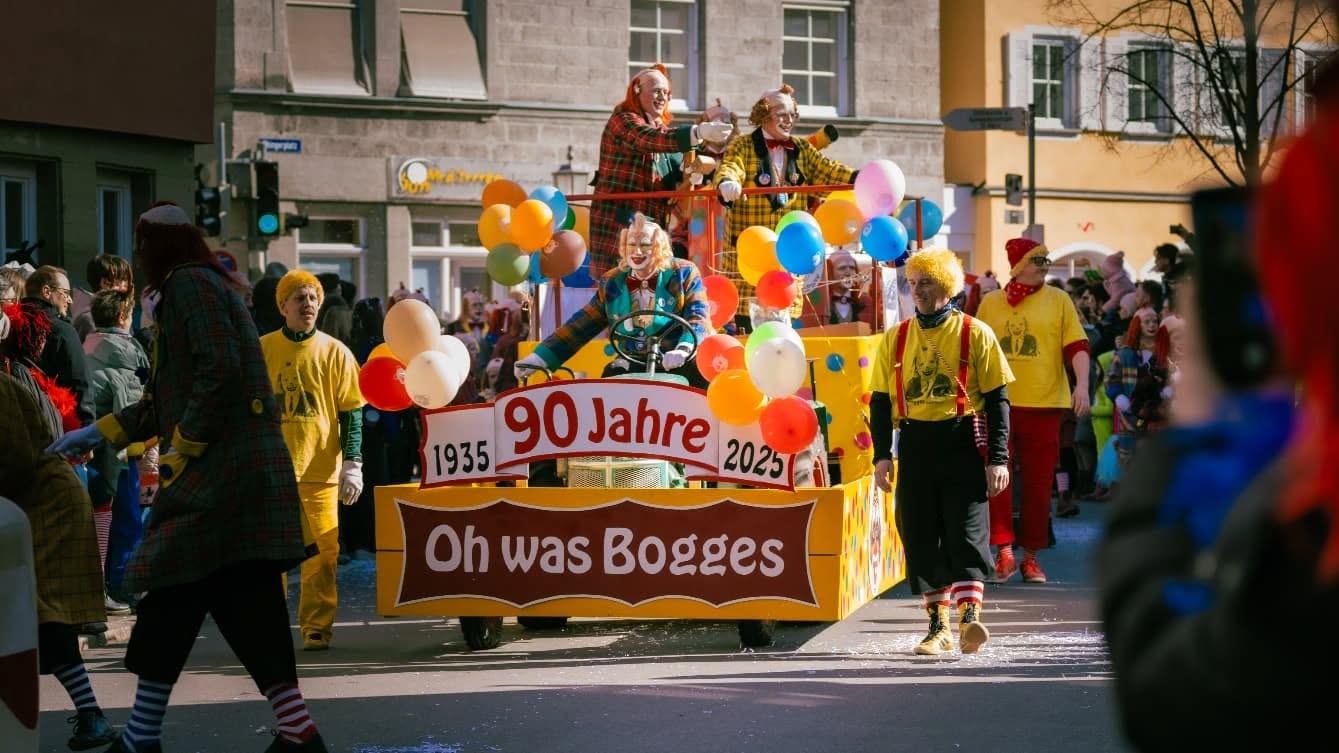




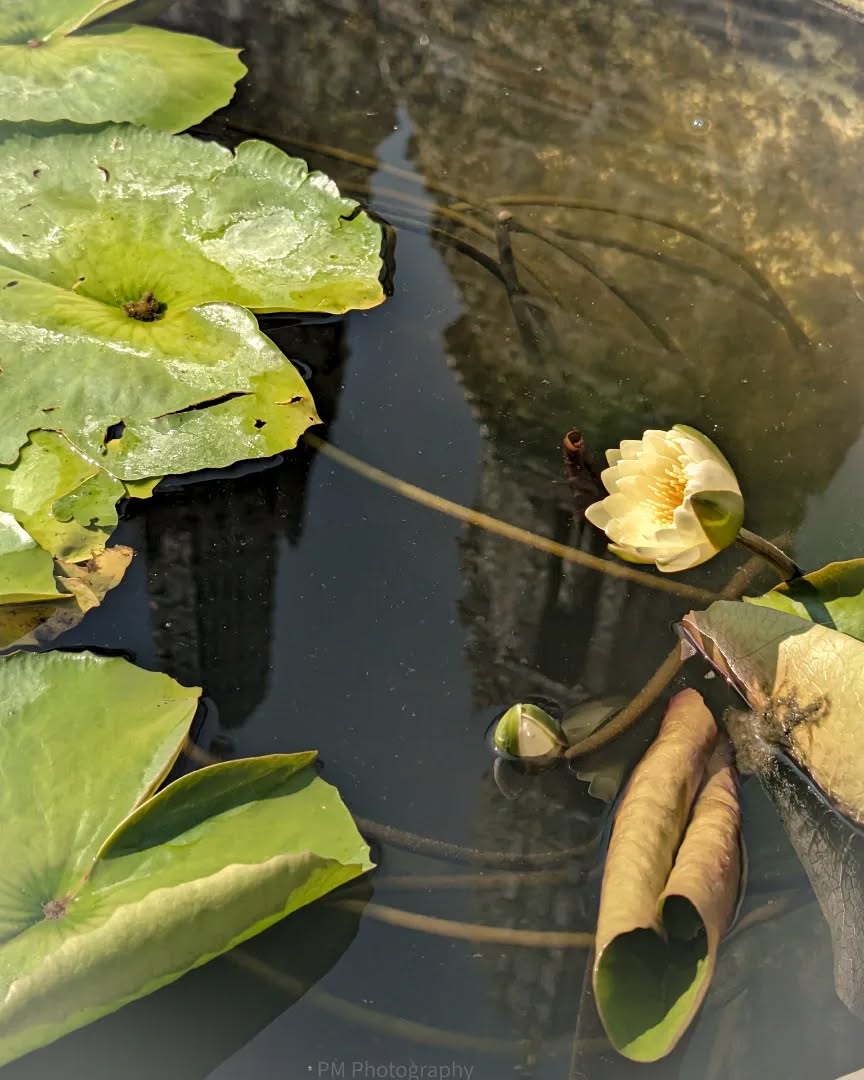
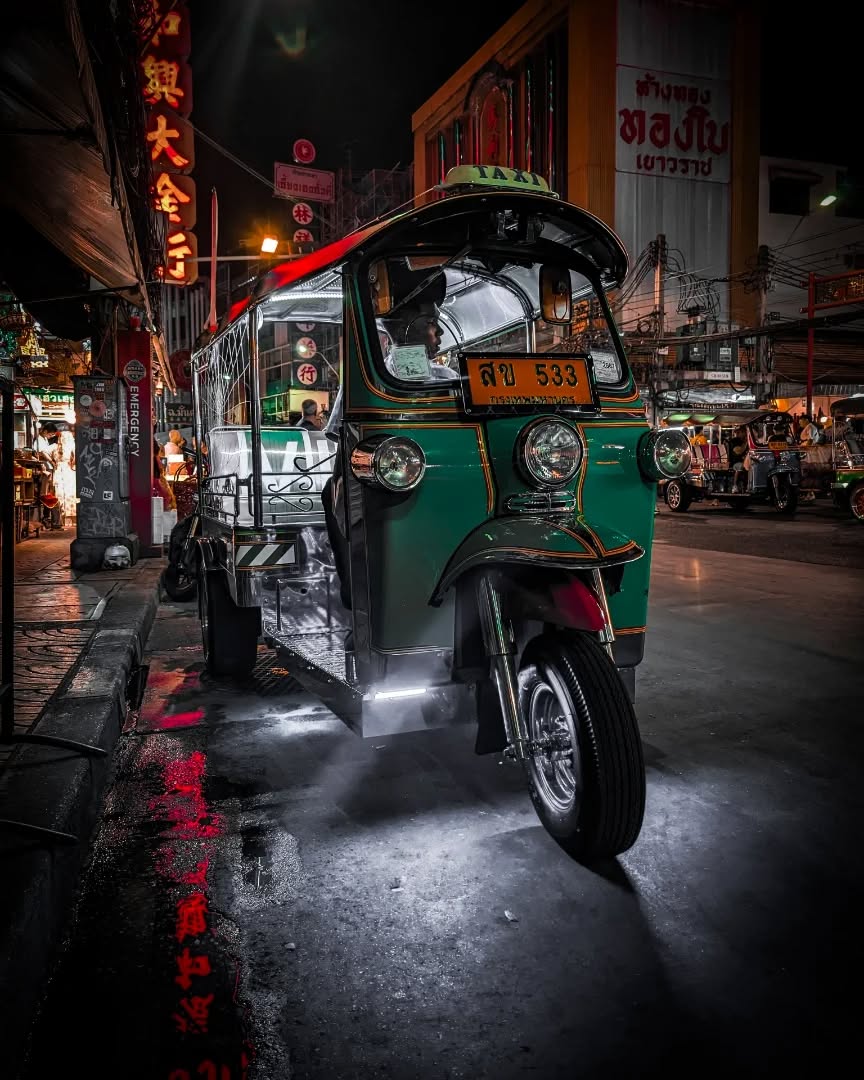
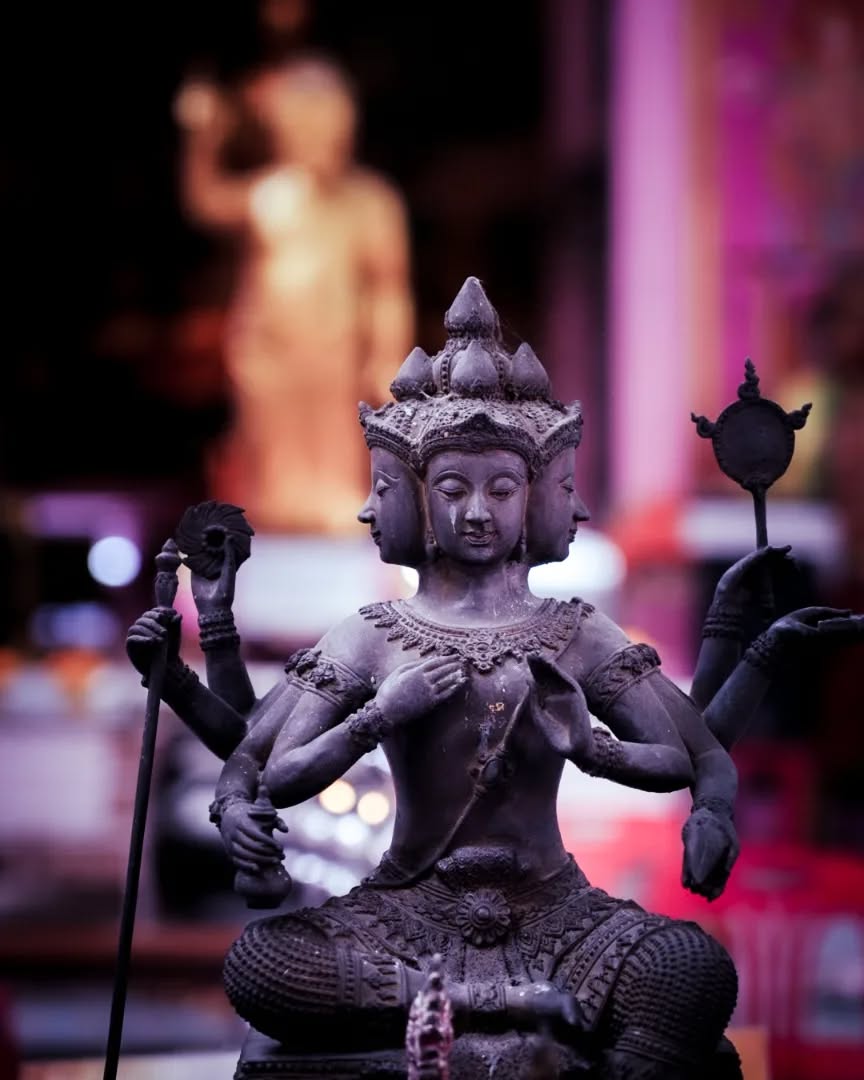
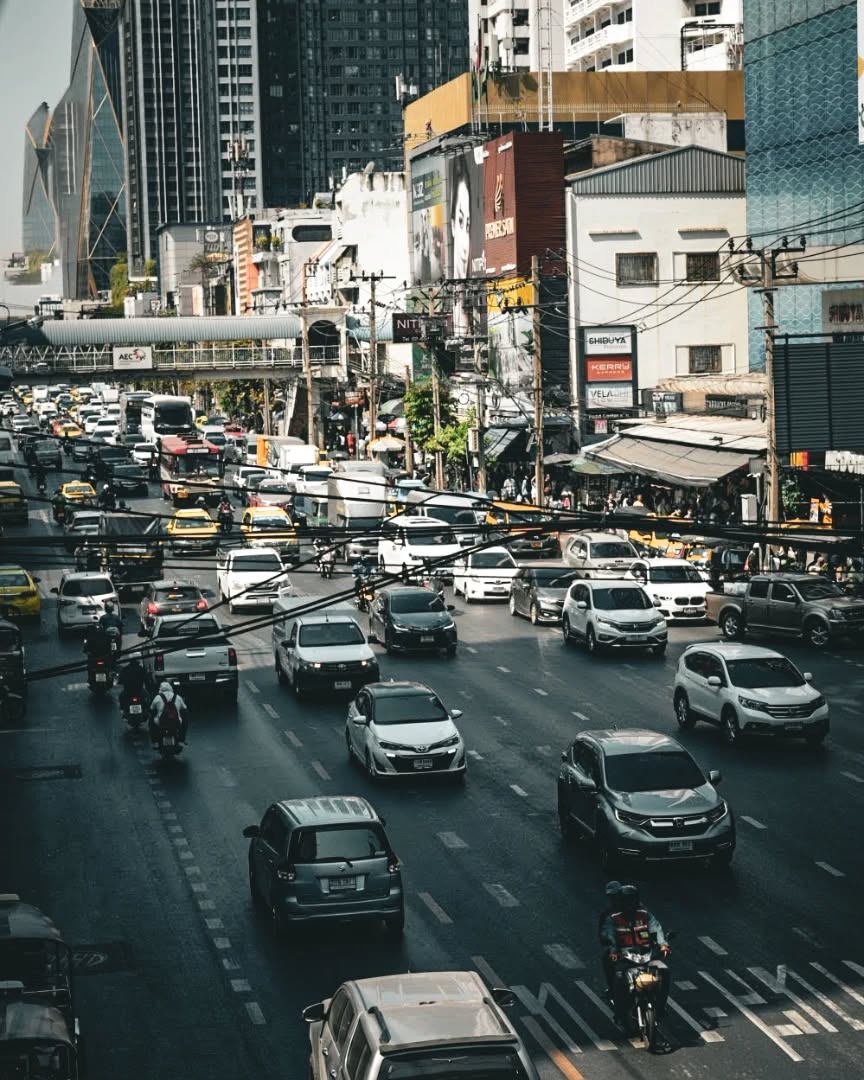
Comments